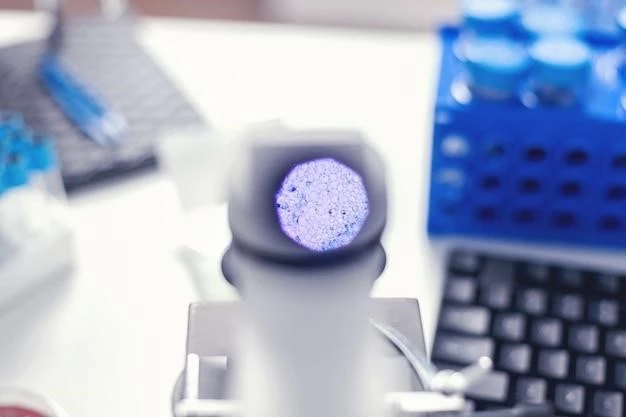This comprehensive guide delves into the causes, symptoms, treatment options, prevention methods, differences from yeast infections, impact on pregnancy, natural remedies, and risks of untreated bacterial vaginosis.
Understanding the Causes of Bacterial Vaginosis
Bacterial vaginosis is primarily caused by an imbalance in the vaginal microbiome. This imbalance can be triggered by various factors including douching, multiple sexual partners, a new sexual partner, and poor personal hygiene practices. Additionally, smoking, an IUD, and certain antibiotics can disrupt the natural balance of bacteria in the vagina, leading to the overgrowth of harmful bacteria such as Gardnerella vaginalis. Understanding these causes is crucial in taking preventive measures to maintain a healthy vaginal environment.
Recognizing the Symptoms of Bacterial Vaginosis
Recognizing the symptoms of bacterial vaginosis is essential for timely diagnosis and treatment. Common symptoms include thin grayish-white vaginal discharge with a distinct fishy odor, itching, burning sensation during urination, and a change in the vaginal pH. Some individuals may also experience no symptoms at all. Being aware of these signs can help individuals seek medical attention and receive appropriate care to manage bacterial vaginosis effectively.
Exploring Bacterial Vaginosis Treatment Options
There are several treatment options available for bacterial vaginosis, including antibiotic therapy, such as metronidazole or clindamycin, which can be administered orally or topically. It is important to complete the full course of antibiotics as prescribed by a healthcare provider to ensure the eradication of the infection. Additionally, probiotics and vaginal pH balance products may help restore the natural flora of the vagina. Seeking guidance from a healthcare professional is crucial to determine the most effective treatment approach based on individual circumstances.
Preventing Bacterial Vaginosis Recurrence

Preventing the recurrence of bacterial vaginosis involves adopting healthy habits and lifestyle changes. These may include avoiding douching, using fragrance-free products for intimate hygiene, practicing safe sex by using condoms, and wearing cotton underwear to promote breathability; Maintaining a balanced diet, managing stress levels, and not smoking can also contribute to reducing the risk of recurrent bacterial vaginosis. Regular gynecological check-ups and consultations with healthcare providers can help monitor and address any potential signs of recurrence promptly.
Understanding the Differences between Bacterial Vaginosis and Yeast Infections
It is important to differentiate between bacterial vaginosis and yeast infections as they require different treatment approaches. Bacterial vaginosis results from an imbalance in vaginal bacteria, typically Gardnerella vaginalis, while yeast infections, such as candidiasis, are caused by overgrowth of yeast. Symptoms like fishy odor and grayish discharge are common in bacterial vaginosis, whereas yeast infections often present with thick, white, cottage cheese-like discharge and intense itching. Proper diagnosis by a healthcare provider is crucial to determine the appropriate treatment based on the specific infection type.
Bacterial Vaginosis in Pregnancy
Bacterial vaginosis during pregnancy can increase the risk of complications such as preterm birth, low birth weight, and postpartum infections. Routine screening and early detection are vital for pregnant individuals as untreated bacterial vaginosis can lead to adverse outcomes. Healthcare providers may recommend antibiotic treatment during pregnancy to reduce the likelihood of complications. It is essential for pregnant individuals to follow their healthcare provider’s guidance closely to safeguard maternal and fetal health.
Exploring Natural Remedies for Bacterial Vaginosis
Some individuals may opt for natural remedies to manage bacterial vaginosis symptoms. Probiotics containing Lactobacillus species may help restore vaginal flora balance. Tea tree oil, garlic, and yogurt with live cultures are also believed to have antibacterial properties that could potentially assist in alleviating symptoms. However, it is crucial to consult with a healthcare provider before using natural remedies to ensure their safety and effectiveness, especially when pregnant or experiencing severe symptoms. Natural remedies should complement, not replace, conventional medical treatments.
Highlighting Complications of Untreated Bacterial Vaginosis
Untreated bacterial vaginosis can lead to serious complications such as an increased risk of contracting sexually transmitted infections (STIs) like HIV, pelvic inflammatory disease (PID), endometritis, and post-surgical infections. In pregnant individuals, untreated bacterial vaginosis may result in preterm birth, low birth weight, and premature rupture of membranes. It is crucial to seek timely medical attention and adhere to prescribed treatments to prevent these potential complications and safeguard overall health and well-being.
